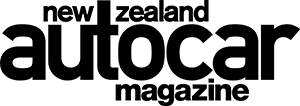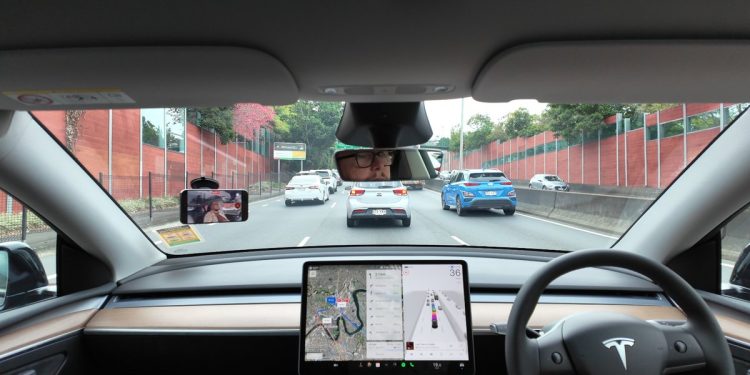Tesla’s FSD Supervised edges closer to New Zealand – and we tried it!
Tesla’s most advanced driver-assist system yet is about to arrive in New Zealand. Called Full Self-Driving Supervised (FSD-S), it takes Autopilot from being an assistant – admittedly the best in the industry – to the tool that has been promised by the brand for so many years.
We were among the first media anywhere to drive it in right-hand-drive form, sent out alone into wet Brisbane traffic for three hours. The event was, to an extent, a bit secret squirrel. While we guessed what we were heading to Australia for, we weren’t told. We were also not allowed to quote Tesla staff or quiz them on the record about the new technology.
Now when will it be arriving? We didn’t get that answer either, but suspect an announcement about the same time this story goes online.
What it is, and what it isn’t

Despite the name, FSD-S isn’t full autonomy. Tesla stresses this is a Level 2 driver-assist system: the driver must remain in control and is legally responsible at all times. That fits New Zealand law neatly. The Land Transport Act requires someone to be “in control” of a vehicle, but doesn’t insist on hands on the wheel. That allows supervised systems like this to operate today. A move to true driverless operation would need new legislation.
That still leaves one question, and that is if consumers, or the Commerce Commission for that matter, will accept something pitching itself as “Full Self Driving” when it technically isn’t.
Tesla avoids lidar, radar and HD maps, instead relying on eight exterior cameras feeding the Full Self-Driving computer. That vision is processed at 36 frames per second into a 3D model, and a neural net predicts the safest path forward. Humans do it with two eyes and a brain; Tesla gives the car more eyes and silicon with far more horsepower.
Engaging it is straightforward. Choose a destination in the satnav, hold down the on-screen activation button, and the car takes over. Steering, braking, acceleration, lane changes, intersections, roundabouts, motorway merges — it will attempt to handle the lot.
Supervision is enforced. An infrared camera monitors the driver’s head and eyes, even through sunglasses. Look away for too long and warnings escalate. Keep ignoring it and you’re “struck out” — FSD-S disables itself for the rest of the trip.
Cost and availability
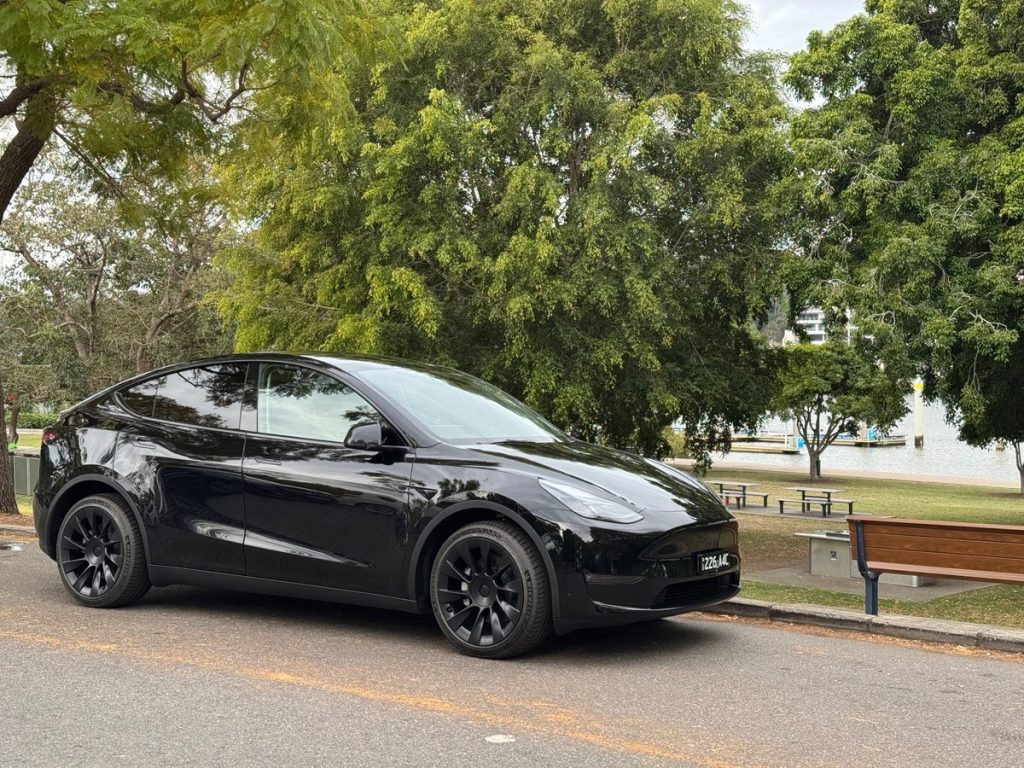
New Zealand will be one of the first right-hand-drive markets in the world to receive FSD-S. It has already been tested in New Zealand as this video shows.
The first customers will be those who already purchased the Full Self-Driving option on cars equipped with Hardware 4. At launch, that means the latest Model 3 and Model Y.
In New Zealand, the cost is $11,400 if purchased outright. Tesla is also considering a subscription model and a 30-day free trial for new deliveries, though neither is confirmed.
Our real-world drive
Tesla could have chosen a closed course with cones and instructors. Instead, they handed us cars, set a route, and sent us into real traffic. Three hours. In the rain. Alone.
The car was immediately confident. It flowed through suburban streets, handled roundabouts smoothly, and maintained natural lines through corners. At tricky intersections it sometimes took a beat longer than an assertive human would, but the result was safe and controlled, never hesitant.
On the motorway, FSD-S merged cleanly and kept pace with surrounding traffic. Lane discipline was slightly lax, with the car lingering in the fast lane longer than etiquette would allow, but otherwise uneventful.
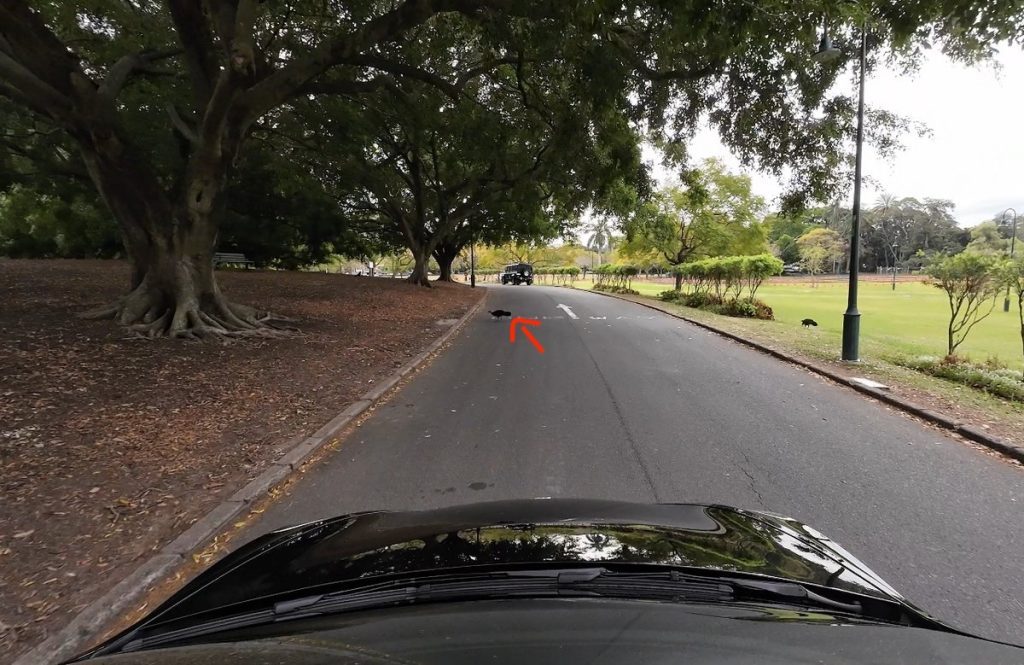
In a park, the system slowed for a bird crossing the road. It didn’t overreact, but it saw it, responded, and rolled on once the path was clear. On the road it was smart enough to ignore a chicken sitting to the side, pondering if it would indeed do as the joke suggests.
When facing a car dealership, the visualisation filled with icons of vehicles swirling like a digital shoal of fish. The car itself wasn’t fooled. It held its lane, ignoring the chaos on screen.
The winding climb up Mount Coot-tha was another surprise. FSD-S picked lines through corners that felt natural, even confident – cutting slightly to the inside of corners rather than holding a rigid dead-centre line. It sounds small, but sitting dead centre can feel unnatural and leads to a slightly late corner entry, which feels awkward to this writer in less intelligent lane centring systems.
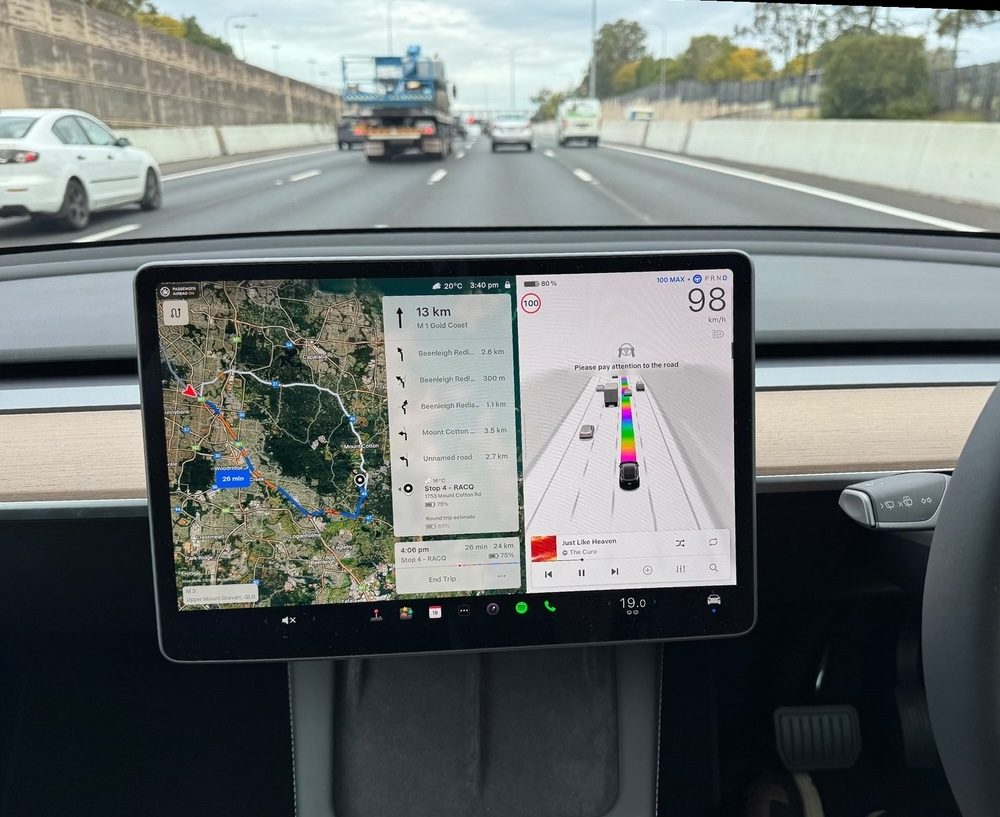
The system isn’t entirely perfect. At one intersection with fast traffic from the right it was unwilling to take a gap and required intervention to get through. In a carpark it refused to exit via a one-lane bridge initially, and at one point it misunderstood or simply ignored the hand signals of a road worker – though in fairness the indications were incredibly vague.
The driver-monitoring camera impressed, too. Unlike some rivals that scold at every head turn, it tolerated natural mirror checks without fuss. Having said that, don’t expect to be able to set it and have it drive you to work while you read the morning news on your phone and chow down on your Weet-Bix. It demands your attention and will cut off without it.
Would we buy it?
Well yes. For most New Zealanders FSD-S will basically mean hands-free work commutes. If you still want to take the wheel on the fun stuff, you can, but for the North-Western motorway slog or school run it is going to be an absolute game changer.
A price of $11,400 is a lot, but not unheard of in the add-on world. If Tesla goes ahead with a subscription, the barrier could be lower and it could be more appealing. Having said that, it takes the price tag of a Model Y up to around $80,000 and nothing even at that price can offer the added benefits that FSD-S does.
It won’t replace the driver, and the law won’t let it. But it might just take the grind out of driving in a way that feels closer than we thought.
